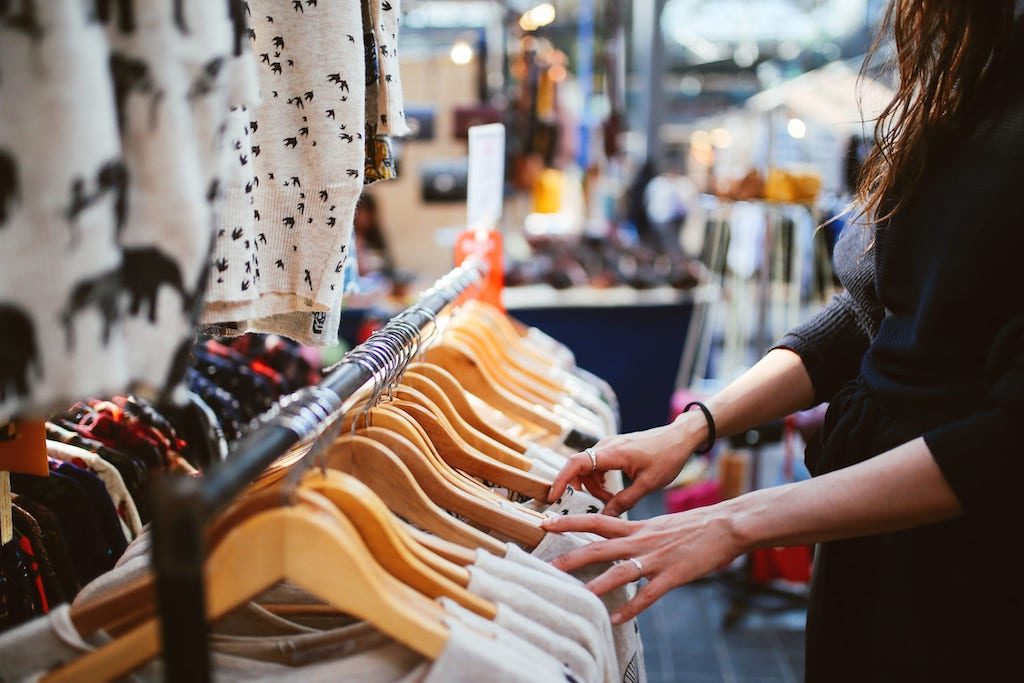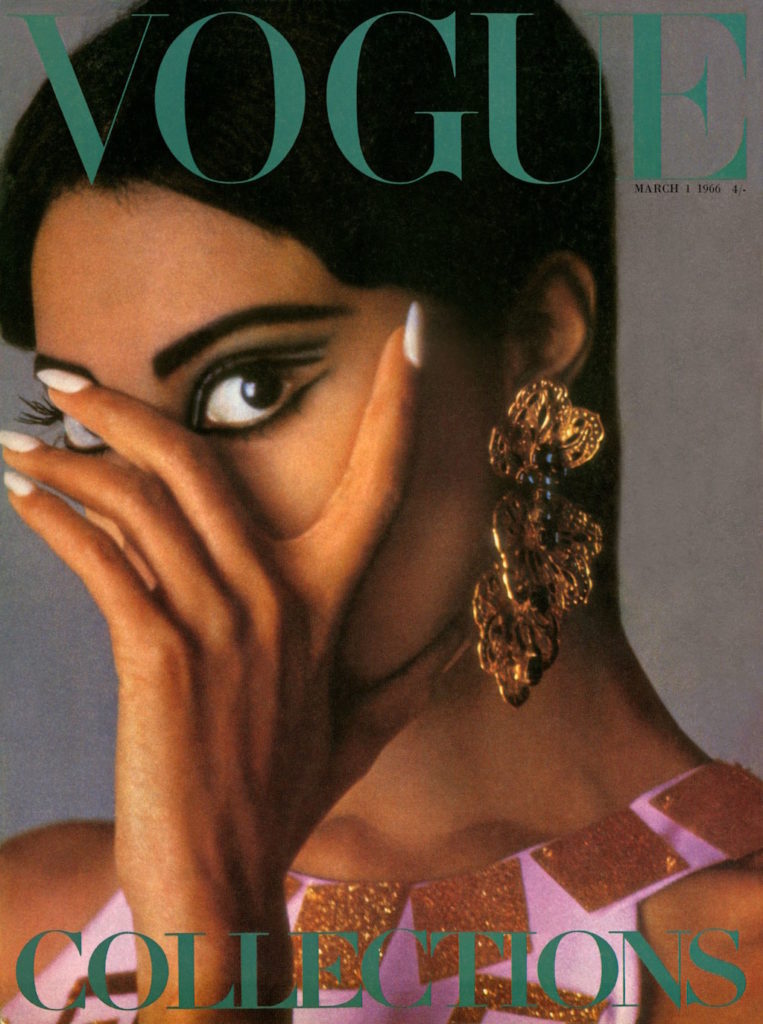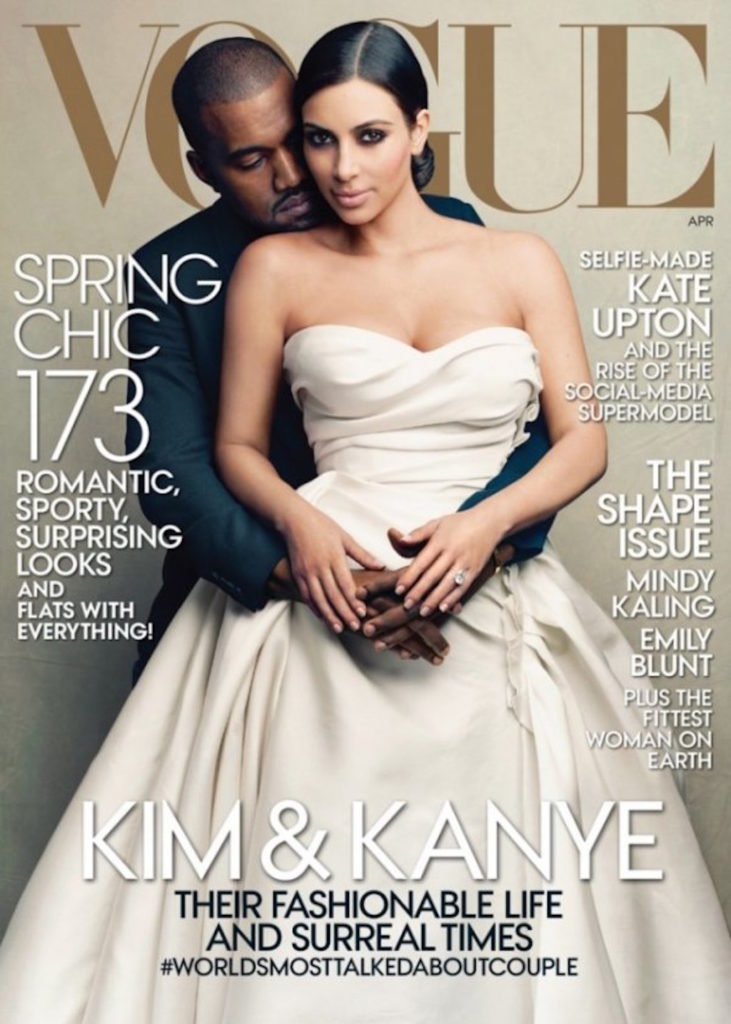Sustainable Fashion Goes Vogue: Iconic Magazine Announces Searches For Global Sustainability Director
4 Mins Read
Vogue International has recently posted a vacancy for a new role – The Global Sustainability Director. For Vogue, a publication that in many ways represents the fashion industry at its highest echelons, to create a senior role to helm the company’s global green strategy is a major message: sustainable fashion IS the future of the industry. Gone are the days where “sustainable fashion” only involved addressing the material of textiles – the industry is now aware of the multitude of concerns that affect the entire fashion system from labor to water to consumer behaviour, and can no longer afford to overlook interdependent concerns spanning from social and cultural issues to its environmental impact.
It’s undeniable that sustainable fashion is having a moment. Global media company Condé Nast, home to iconic names such as Glamour, Vanity Fair and Wired, has just put up a vacancy for a new freelance role in its most renowned publication: Vogue. In an online listing, the giant media group says that it is seeking someone with “deep knowledge and passion for promoting sustainability and green initiatives across the fashion industry and beyond…and accelerate much needed change across the industry” to join as Vogue’s Global Sustainability Director.
From humble beginnings as a US weekly newspaper that began in 1892, Vogue has since grown to become arguably the most influential publication in the fashion industry. Headquartered in London and New York and operating across 32 markets globally (a Hong Kong version launched this year), the sheer size and reach of the magazine cannot be understated. Vogue reaches more than 84 million consumers in print, 367 million in digital and 379 million across social platforms, and generates more than 1 billion video views each month.
Over the years, Vogue has cemented their reputation as a fashion trend disruptor and designer-maker. In March 1966, the magazine broke outdated stereotypes with David Bailey’s photo of Donyale Luna, marking the first ever non-white girl to star on a magazine cover.
Since Anna Wintour joined as editor-in-chief in 1988, the brand has developed a cult following amongst mass audiences, featuring lists of the most iconic celebrities such as Kim Kardashian, Beyoncé, and most recently Justin Bieber and Hailey Baldwin. Wintour’s magic wand can make or break careers. Her endorsement is a surefire guarantee of global attention for a brand of designer.
For Vogue, the magazine that represents such a prominent voice in the fashion industry, to look for a leader to direct and champion its sustainability strategy reflects a serious change towards greener fashion. And this senior role isn’t a half-hearted attempt either: Vogue’s new position will involve conceptualising content that “covers the climate emergency”, spearheading global green initiatives and building extensive coverage on sustainability within fashion. It signifies an understanding that profits can no longer be put above the planet or people, and that the fashion industry has a huge part to play to push for change.
Indeed, customers across the world – especially the more eco-conscious younger generation of shoppers – are now more attuned to the environmental and social footprint of fashion. Figures from the Copenhagen Fashion Summit highlighting how fashion produces 92 million tonnes of landfill waste annually, 10% of carbon emissions and is responsible for 20% of water waste has clearly prompted consumers to point their fingers at major brands.
According to a study by the Center for Sustainable Business (CSB) at New York University, people are really diverting their dollars away from products that aren’t screened for ethical and environmental responsibility across every single product category. This includes the elite bundle of consumers, who responded in a Chinese HSBC survey that making a positive impact on the world is more important than wealth or materialistic products. In the long-term, this means that those businesses that do not factor in social, environmental and cultural impacts simply won’t last.

Brands, in response, are scrambling to appear sustainable, including major fast fashion culprits Zara and H&M who have pledged to use organic recycled fabrics in their green campaigns- the latter has also just introduced a rent & repair service. Luxury brands aren’t exempt – they too are trying to keep shoppers engaged through offsetting campaigns, such as Gucci who are planting trees to go carbon neutral.
Second-hand and online consignment stores are performing across the board, with preloved fashion growing 21 faster than the mainstream market, according to B-Stock’s figures. In China specifically, rental and resale fashion will likely take over 20% of the country’s GDP by as soon as 2025.
What’s clear is that sustainable fashion is here to stay. Mostly because we don’t have a choice if we want to save the planet from total eco destruction, but also because brand leaders, including the fashion world’s most influential magazine, are now finally listening.
Lead image courtesy of NSS Mag.






